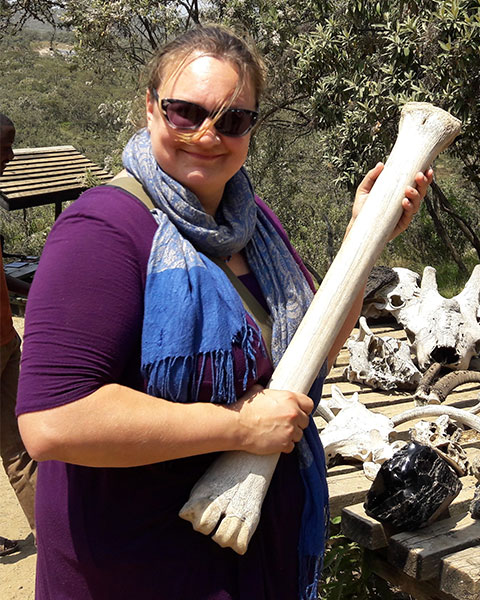Systematics, Evolution, and Biodiversity
Poster
SysEB: Culture and Outreach On-Demand Posters
Factors contributing to the reliability of data in Odonata citizen science
- CB
Christian M. Bullion
Graduate Student
Kent State University
Kent, Ohio 
Christie Bahlai
Assistant Professor
Kent State University
Kent, Ohio
Presenting Author(s)
Co-Author(s)
Odonates (dragonflies and damselflies) have become popular study organisms for insect-based climate studies, due to extensive reliance on environmental conditions, and an equally extensive following by community scientists. Where formal records of this taxon can be limited, public efforts have provided nearly 1,500,000 open-sourced odonate records through online databases, making dynamic monitoring more feasible. While these databases can be extensive, concerns regarding these public endeavors have arisen: records may be biased by human factors (ex: density, technological access) which may cause erroneous interpretations. Indeed, records of odonates in the east-central US documented in the popular database iNaturalist bear striking patterns corresponding to political boundaries and other human activities. We conducted a ‘ground-truthing’ study to examine these patterns in an area where community science reports indicated variable abundance, richness, and diversity which appeared to be linked to observation biases in the form of ‘data gaps’. A comparison of generalized linear models (GLMs) found that models with interaction effects between location and method provided a better fit for observed species richness and abundance than either variable alone, while non-metric multidimensional scaling found no significance in reported community composition between methods. This suggests that citizen science efforts were indeed capturing representative biological trends, raising further questions about environmental drivers in the observed data gaps.


